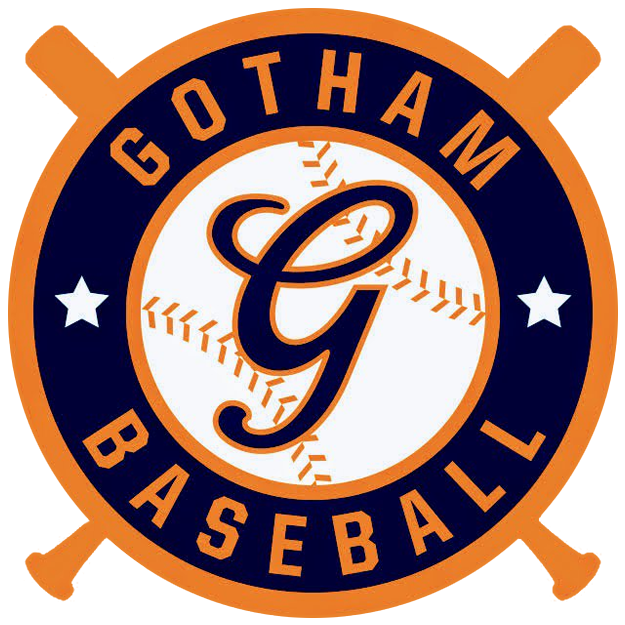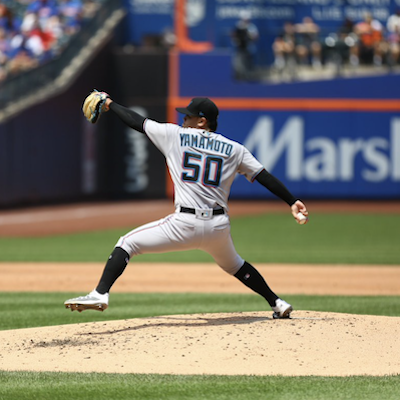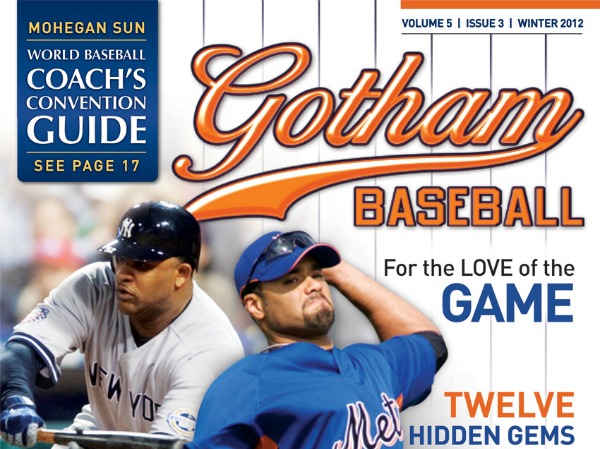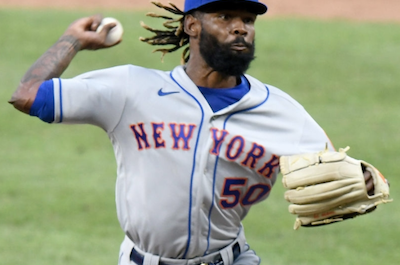As you probably know, this offseason has been one of the busiest in Mets history. Some big names, as well as some larger-than-medium names have been brought in to improve the roster and help the Mets make the postseason for the first time since 2016. However, there are a few new Mets players who will be looking to make an impact, even if their acquisitions weren’t considered headline-worthy.
Jordan Yamamoto, P – Earlier this month, the Mets acquired the 24 year-old starting pitcher from the Miami Marlins for teenage minor league shortstop, Frederico Polanco. At the time, the Mets were still negotiating with Trevor Bauer to round out their starting rotation. As it was, the Mets were already prepared to go into the season with Jacob deGrom, Carlos Carrasco, Marcus Stroman, David Peterson, and one of a number of options for 5th starter, not to mention Noah Syndergaard, whose return from Tommy John surgery seems to be progressing nicely. While Bauer ended up signing with the Dodgers, the Yamamoto pickup was seemingly unnecessary at the time. Furthermore, Yamamoto pitched in only 4 games last season and the results were awful: 11.1 IP, 23 earned runs (an 18.27 ERA), with 8 home runs allowed. What would scream “go get this guy”?
Still, to judge Yamamoto purely on his 2020 small sample size of a season would be just as shortsighted as judging him on his early career success. Back in June of 2019 (yes, only 2 years ago but wow does that seem like longer), the Marlins called up Yamamoto to take the place of an injured José Ureña. Yamamoto debuted with 7 shutout innings against the St. Louis Cardinals, an eventual NLCS team. Less than a week later, he faced the Cardinals again, and had the same results: 7 shutout innings. While the rest of his rookie season was full of ups and downs, Yamamoto certainly showed the potential to pitch effectively in the majors.
Of course, numbers only tell part of the story. If you’re expecting that Jordan Yamamoto is another flame-throwing righty, you might be a little disappointed. While his fastball has hit 94-MPH at times, he usually hovers around 90, which means he’s going to need command and a friendly umpire in order to rack up the strikeouts. The good news is that he has a full array of pitches, and they’re all pretty equally rated. Even more interesting, he has recently developed a cutter, which can pair nicely with his slider (one of his more-often thrown pitches), especially against left-handed hitters.
While he’s going up against some other good pitchers for the last spot in the starting rotation, the biggest challenge for Yamamoto will be his health. A history of shoulder injuries was the biggest obstacle to his success with the Marlins, and continues to be a concern now that he’s joined the Mets.
While the Mets did lose out on Trevor Bauer, they did sign Taijuan Walker last week, meaning that there is really only one true spot currently up for grabs in the team’s starting rotation. In order for Jordan Yamamoto to claim that spot, he will have to have a better spring than Peterson, last year’s rookie revelation, as well as another offseason trade acquisition, Joey Lucchesi, both lefties.
When the Mets picked up Yamamoto in early February, it was with an expectation that he had the ability to make the Opening Day roster, and even if he didn’t, he could provide some reasonable depth, something the team has both needed and missed in recent years. Should Yamamoto make the team at any point, he would be the 6th Hawaiian-born player in franchise history, joining Carlos Diaz, Ron Darling, Sid Fernandez, Benny Agbayani, and Tyler Yates. All in all, this seems like a low-risk move from the Mets, and one that could end up paying off, if it’s needed at all. It’s probably also worth noting that in past seasons, an acquisition like this would be sold to fans as a potential key move for the team, and this offseason it was a mostly ignored one.




[…] Story continues […]